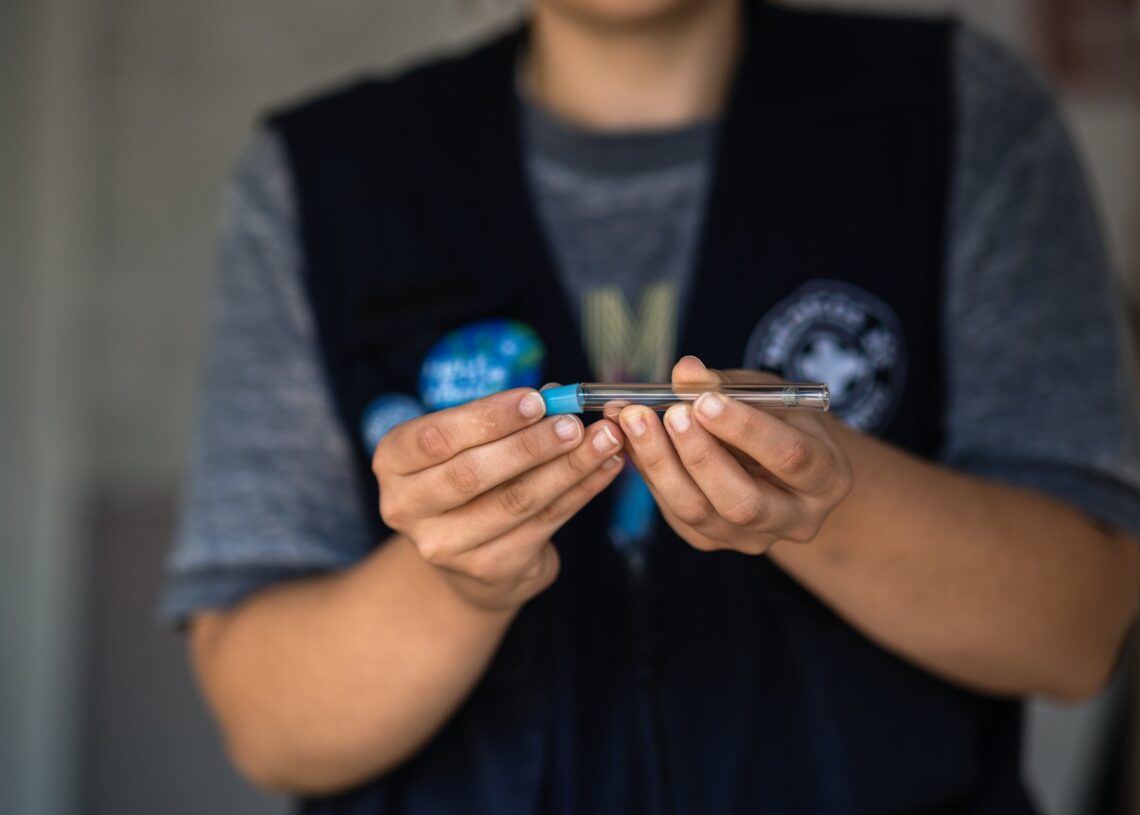Risk and harm reduction is a key strategy in addressing problems related to drug use, which not only minimizes the risks and harms associated with drug use, but also facilitates access to treatment services and promotes greater social inclusion of those affected. In the context of Spain, this strategy emerged as a response to the severe heroin epidemic of the 1980s, a period in which mortality among young people who used this substance reached alarming levels, both due to overdose and HIV infection. Faced with this critical situation, health and social authorities recognized the urgent need to adopt comprehensive approaches that included reducing the risks and harms associated with drug use, as well as improving access to treatment and social support services.
In this context in Spain, a wide range of care and treatment services were established to address the diverse needs of people affected by substance use disorders, including inpatient detoxification units, therapeutic communities, day centers and outpatient clinics. A few years later, syringe exchange programs were developed, opiate substitution treatment was implemented on a large scale, mobile units to bring it closer to areas with greater problems, and shelter and social inclusion services, in addition to some low-demand outpatient centers, and in some areas with higher injected consumption supervised consumption spaces, to provide comprehensive support to those affected. Undoubtedly, the implementation of specific risk and harm reduction programs, which were designed to address the most urgent and serious challenges associated with drug use, marked a significant milestone.
New challenges
These coordinated and multifaceted efforts have proven to be effective in addressing the complex and multifactorial challenges associated with heroin use in Spain and have contributed to significantly reducing drug-related mortality rates, as well as improving the quality of life and well-being of affected individuals by promoting greater social inclusion and access to treatment and support services. In addition, they have favored the promotion of a comprehensive approach focused on the individual needs of people with drug use disorders, highlighting the importance of addressing both health and social aspects.
We now face new challenges: can we apply directly to other substances such as stimulants what we found useful for heroin? We need to explore options for stimulant psychoactive substances such as methamphetamine or crack which, although now little consumed in Spain at present, have great destructive potential. We must be vigilant and prepared and continue to work with an evidence-based public health approach.
Joan R. Villalbí is a physician and government delegate for the Spanish National Plan on Drugs.
COPOLAD III promotes harm reduction as part of its health and human rights approach and accompanies Latin American and Caribbean countries in legal and operational changes to improve the health impact of drug policies. It supports the Colombian Ministry of Justice in a network of community-based harm reduction mechanisms in five cities where injecting drug use is prevalent. Mexico's National Commission on Mental Health and Addictions to qualify comprehensive care and harm reduction services in relation to synthetic opioids (fentanyl and methamphetamines) and access to treatment facilities for the LGTBI+ population. It also supports the Junta Nacional de Drogas de Uruguay in a harm reduction procedure in the penitentiary environment or in people benefiting from alternative measures to incarceration. Next May COPOLAD promotes a visit of several Latin American countries to meet harm reduction devices in Catalonia.






